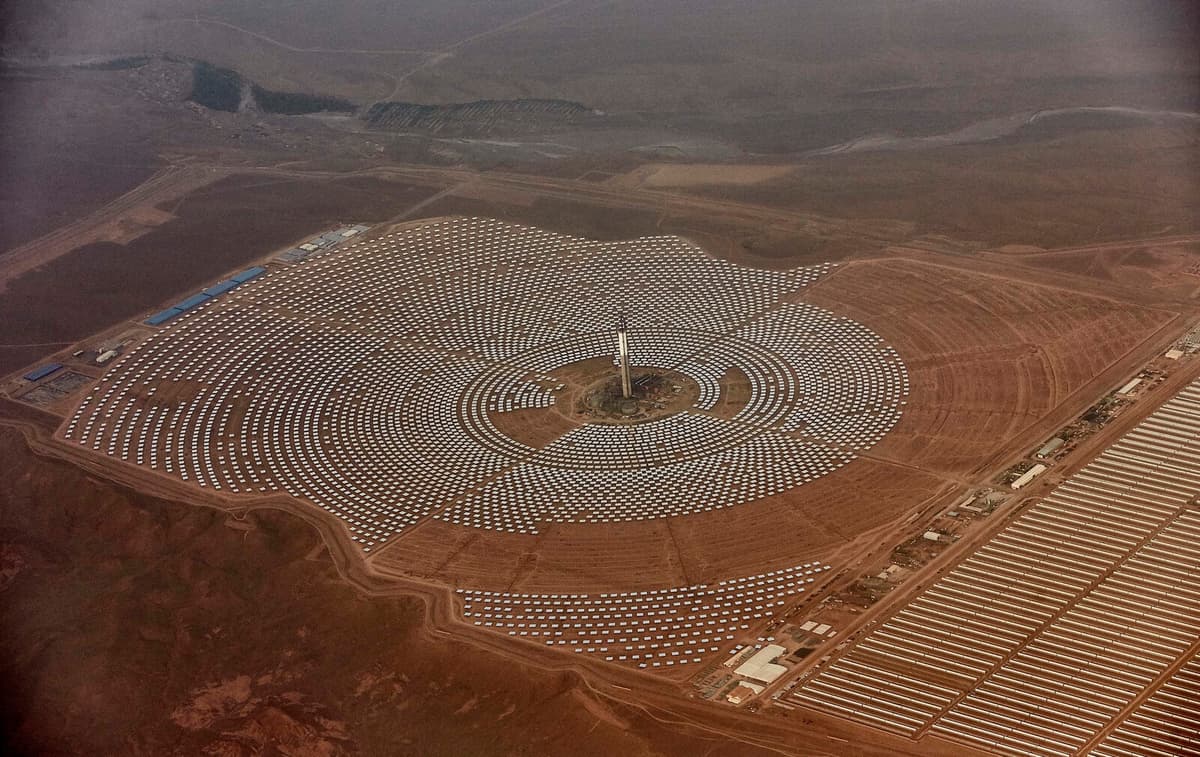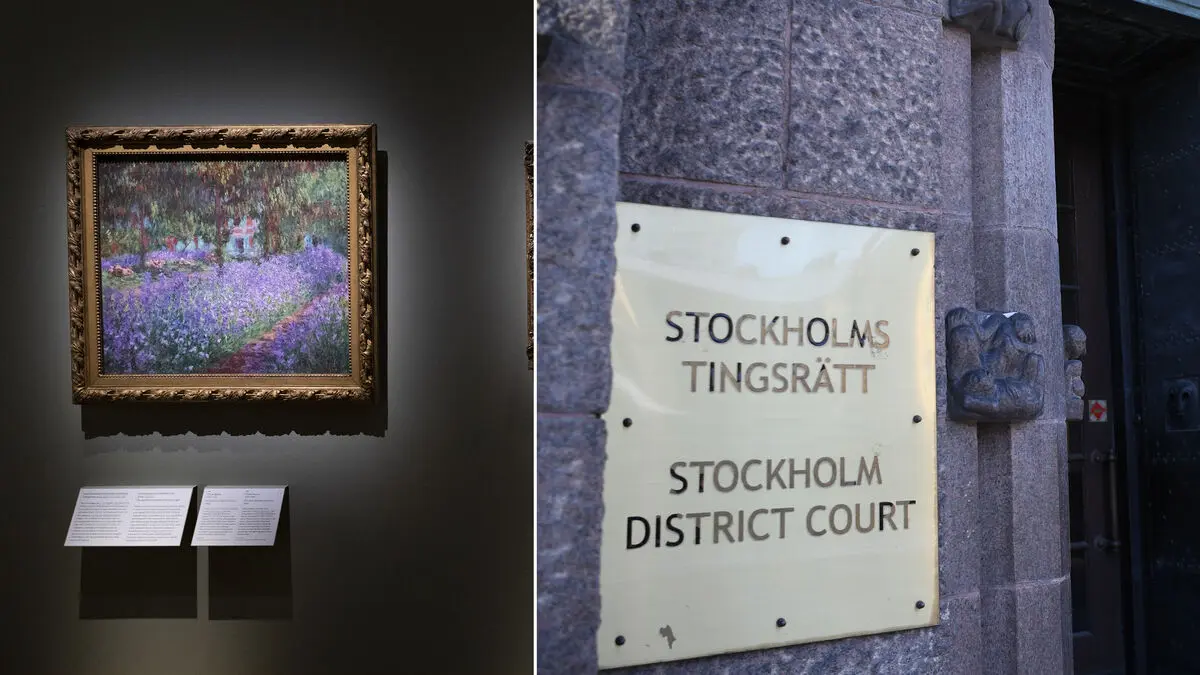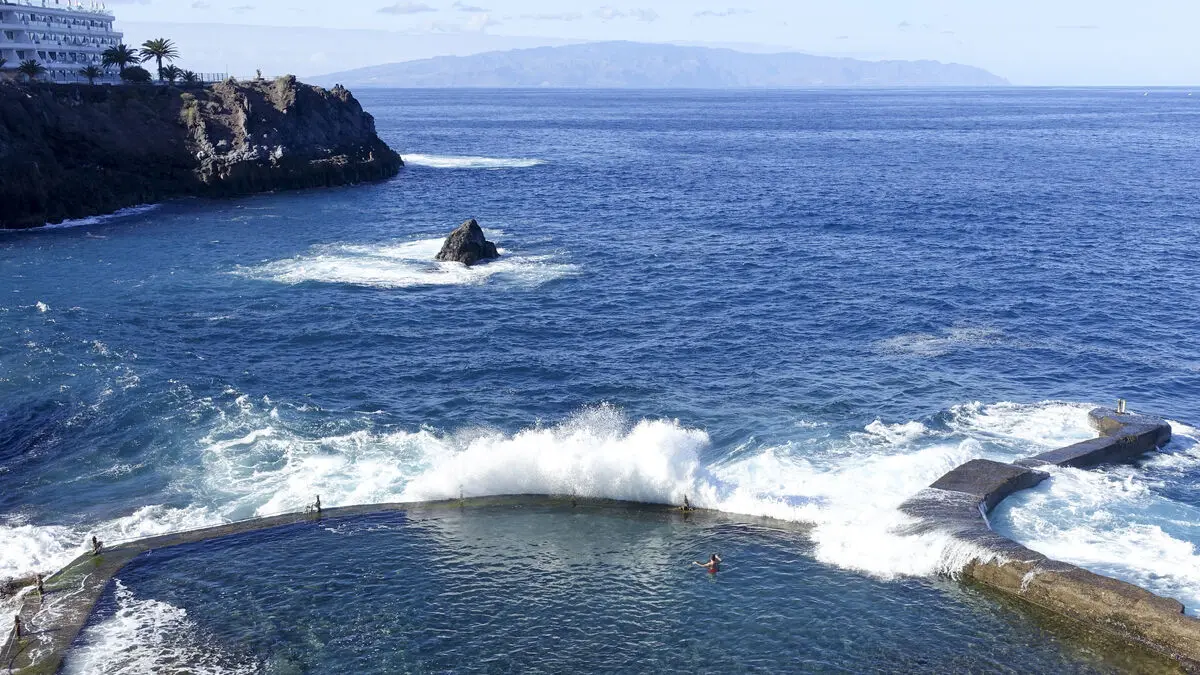At the same time as the delegates at the UN climate summit COP29 are arguing about the amount for a joint climate finance goal, the sun is shining over a massive solar power plant outside Ouarzazate in Morocco. It became a reality with the help of international support.
During its first year, it generated 370 gigawatt of electricity, which saved 230,000 tons of carbon dioxide.
Morocco has made a paradigm shift in the creation of renewable energy. The Ouarzazate project itself is a breakthrough, says Abdallah Al Dardari at the UN Development Programme UNDP.
Donor countries have invested around 100 million dollars annually in recent years on climate financing in developing countries. They are used in Morocco, but also in smaller projects – such as solar panels in war-torn Yemen.
What's exciting is that it's women who are installing, maintaining and managing this solar revolution that Yemen is experiencing, under very difficult conditions, says Al Dardari.
Water and Fire
In Egypt, projects are underway to prevent saltwater from entering the Nile Delta, and in Iraq, they are extinguishing gas flares at oil facilities.
It's economically viable, because you're wasting a lot of gas that could have been used for energy, says Al Dardari.
All countries will soon have to submit their updated goals to reduce emissions. For developing countries, the plans are often conditional – i.e., measures they will only take if they receive money. Calculations indicate a cost need of up to one billion dollars annually.
Developing countries are indebted and do not have the economic space to finance and bear the costs of emission reductions and climate adaptations in their own budgets, says Al Dardari.
Reductions with Conditions
Morocco, for example, has plans to reduce its emissions by 45.5 percent by 2030. It involves more solar power, but also hydro and wind power, as well as tree planting and measures to reduce land degradation.
They want to do very specific things – provided the right financing and technology are available, says Robert Watt at the Stockholm Environment Institute, who has worked with the country's climate efforts.
If developing countries' efforts do not materialize, global emissions risk increasing, and more money will have to be spent on adaptations or repairing the damage caused by, for example, extreme weather and drought.
At COP29, nearly 200 countries will have to agree on a new goal for climate financing – the money rich countries will pay to help poorer countries tackle climate change.
By 2025, rich countries, such as the USA, EU, and Japan, have committed to providing 100 billion dollars per year in climate financing. Now, when that amount is to be renegotiated, developing countries believe that it rather requires 1,000 billion dollars per year.
The USA and EU also want more countries to contribute with support, such as oil-rich Gulf states and China – which the latter does not agree with.
So far, the negotiations have been slow. They disagree on how much should be paid, who should pay, and what the money should go to.





